Google, the search engine giant, celebrates Kiyoshi Kuromiya (キヨシ・クロミヤ), June 4, 2022. Google Doodle honors the inspirational life of Kiyoshi Kuroiya, and the legacy of activism that he left behind. His activism included movements such as civil rights, antiwar, gay liberation and HIV/AIDS education. Kuromiya was inducted into the National LGBTQ Wall of Honor at Stonewall National Monument on this day in 2019.
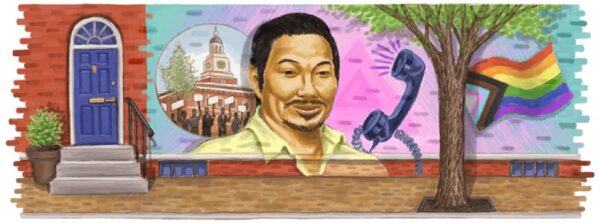
Also Read: Mária Telkes Google doodle
45 Interesting Facts about Kiyoshi Kuromiya (キヨシ・クロミヤ)
- Kiyoshi Kuromiya was born May 9, 1943 in Wyoming at the Heart Mountain Concentration Camp. His family had migrated from Monrovia California, where Kuromiya grew, to Wyoming.
- Kuromiya was born in Wyoming at the World War II Japanese American internment camp Heart Mountain. He became a friend of Martin Luther King Jr., and a rival to the Vietnam War in the 1960s.
- Kuromiya and his family moved to California after the war ended. Kuromiya was a gay Asian American man who attended fundamentally Caucsian schools. He experienced what it felt like to be different. Later, he shared that he had no idea about gay culture and didn’t know any terminologies. Kuromiya then used his local library to research his identity.
- Kiyoshi Kuromiya was one of the founding members of the Gay Liberation Front Philadelphia. He also established the Critical Path Project, its newsletter, and was also the editor of ACT UP’s Standard of Care. This first set of medical treatment and cultural competency rules for HIV/AIDS patients by HIV/AIDS-positive people, was created by ACT UP.
- Kiyoshi Kuromiya, a third-generation Japanese American, was raised in Los Angeles’ rural areas and attended Caucasian schools.
- Kiyoshi Kuromiya was around 8 to 9 years old when he became gay. He was living in California at the time.
- Kuromiya’s involvement in human rights activities increased during the 1960s due to his gender orientation and his belief that the University of Pennsylvania was very close.
- In 1962, Kiyoshi Kuromiya organized the Grinnell Support Against the Resumption of Nuclear Testing demonstration. He and another Ivy League student from Columbia pickedeted through a snowy blizzard over two days after fasting for two.
- Kuromiya, the University of Pennsylvania’s instigator of the largest antiwar demonstration, saw 2,000 people participate.
- Kiyoshi Kuromiya was the one who started his activism in a major way during his first year at Penn, 1962. He participated in the Congress of Racial Equality Maryland sit-ins on Route 40 in Aberdeen, Maryland.
- Kuromiya continued to work closely with Dr. Martin Luther King Jr. in the aftermath of the 1963 march on Washington.
- Kiyoshi Kuromiya, an Asian American, was among the few who participated in the Selma-to-Montgomery marches in 1965.
- Kuromiya and other activists took over Independence Hall, Philadelphia, Pennsylvania. They called it the Freedom Hotel to represent those who were hurt at Pettus Bridge in Selma in the civil rights march from Selma in Alabama to Montgomery in Alabama.
- Kiyoshi Kuromiya even became so close to Dr. Ruler and his family were so close to Dr.
- Kuromiya attracted 2,000 people to Penn Library in his famous antiwar demonstration. Kuromiya also was very involved with the antiwar movement throughout his activist career.
- Kiyoshi Kuromiya participated in an enormous demonstration by Abbie Hoffman on October 20-21, 1967. It attempted to suspend working of the Pentagon by joining hands around it as a performance art protest.
- Despite Kiyoshi Kuromiya being involved in antiwar movements and civil rights, Kiyoshi was active in the gay liberation struggle.
- Officially, Kiyoshi Kuromiya came out as gay at Independence Hall’s first Annual Reminder protest on July 4, 1965.
- Kuromiya founded the Gay Liberation Front in 1969 after the Stonewall Riots 1969. He also met Basil O’Brien later at a Philadelphia Homophile Action League meeting.
- Kiyoshi Kuromiya was part of the Gay Pioneers’ first organized gay and lesbian civil right demonstrations, which were held at Independence Hall every Fourth of July 1965-1969.
- The GLF was led by Kiyoshi Kuromiya and recruited a diverse group of people. They also remained in solidarity and support with other groups such as the Young Lords and the Black Panther Party.
- Kiyoshi Kuromiya was even able to get support for the gay liberation struggle when he represented GLF as an openly gay agent at Temple University’s 1970 Black Panther Party Convention.
- Kiyoshi Kuromiya attended Rebirth of Dionysian Spirit in Austin, Texas in 1970. This conference had a profound impact on his view of the gay liberation struggle in certain faculties.
- Kiyoshi Kuromiya founded the University of Pennsylvania’s first gay organization, Gay Coffee Hour. It met every week on campus.
- Kiyoshi Kuromiya was an architect who worked with R. Buckminster Fuller in the 1970s and 1980s. He helped Fuller finish a large number of his books.
- Kiyoshi Kuromiya, an activist from Japan, visited the Heart Mountain Relocation Camp in 1983. He was there with his mother when he was just a baby.
- Kiyoshi Kuromiya, who survived lung cancer in the 1970s, became close friends with Buckminster Fuller and toured the country together for five years until his death in 1983.
- Kuromiya began to work sincerely for the AIDS movement in America after the AIDS epidemic broke out in the mid-1980s.
- Kiyoshi Kuromiya, a pioneering AIDS activist in the 1980s and 1990s was a key player in the AIDS mobilization effort. His cooperation helped to rethink the nature of social movements activism and revive LGBT politics during the AIDS era.
- Kiyoshi Kuromiya was often associated with ACT UP, the AIDS Coalition to Unleash Power — which he founded in the Philadelphia chapter.
- Kuromiya was diagnosed with AIDS in 1989. His advocacy work has only grown.
- Kiyoshi Kuromiya began his journey towards his work by embracing the motto “Information Is Power” and educating himself about AIDS issues until he was invited into the National Institutes of Health’s elective therapy panels.
- He created the ACT UP Standards of Care for HIV-positive individuals, the first such standards to be produced by People with AIDS.
- Kiyoshi Kuromiya also created the Critical Path newsletter. He sent it out to many people worldwide, as well as to detained persons who didn’t have access.
- Further, he developed the Critical Path newsletter which was one of the first HIV/AIDS resources widely available to the public into one of first websites on the Internet loaded with the latest HIV/AIDS data.
- The site was then home to the Critical Path AIDS Project, which Kuromiya operated a 24 hour hotline to assist anyone who needed it. He also provided free internet access to HIV-positive individuals in Philadelphia.
- Kiyoshi Kuromiya, a pioneering AIDS activist in the 1980s and 1990s was a key player in the AIDS mobilization effort. His support helped to redefine the nature and revitalize LGBT politics during the AIDS era.
- Kiyoshi Kuromiya participated in a few cases of effect litigation that were successful in the 1990s.
- Kiyoshi Kuromiya and Fuller collaborated on the 6 last books. Fuller wrote the final book posthumously in 1992.
- He was most notable for his contribution to “Critical Path”, an influential 1981 book on technology’s ability to work in the world. Kuromiya was also a nationally ranked player in Scrabble.
- Fuller’s philosophy was a major factor in Kiyoshi Kuromiya’s success in digital democracy and his commitment to it.
- Kuromiya, who was 57 years old, died of complications due to cancer in 2000. However, it was initially reported that he had succumbed to complications from AIDS.
- He was enlisted to the National LGBTQ Wall of Honor Stonewall and was also named a San Francisco Rainbow Honor Walk Honoree for 2018.
- Kuromiya, a gay man who survived AIDS, was proud to be gay and a leader for marginalized groups. He also passionately fought for civil rights.
- Google’s homepage featured a Doodle celebrating Kiyoshi Kuromiya on June 4, 2022.

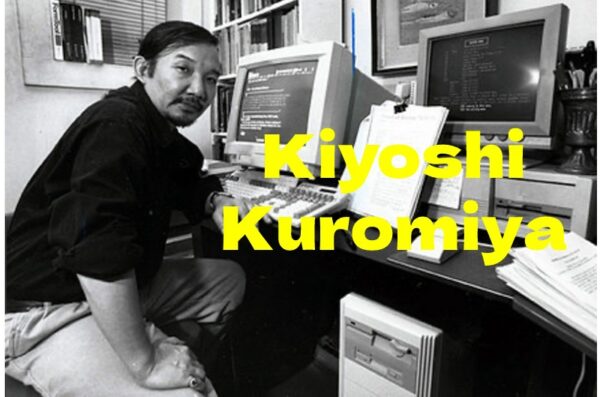
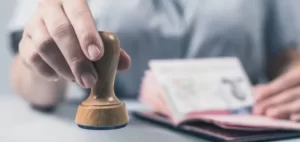
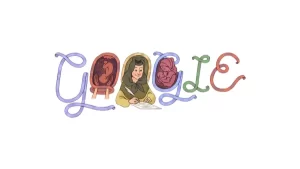
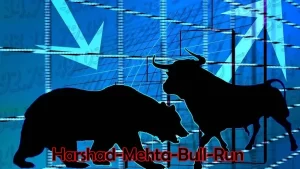
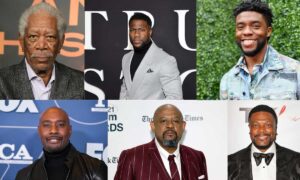
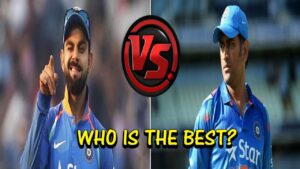








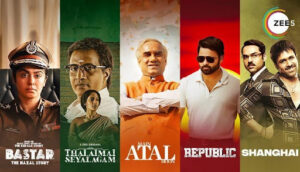

Be First to Comment